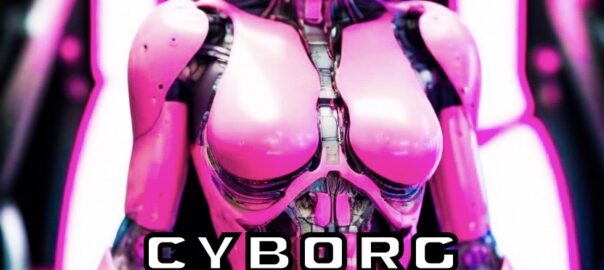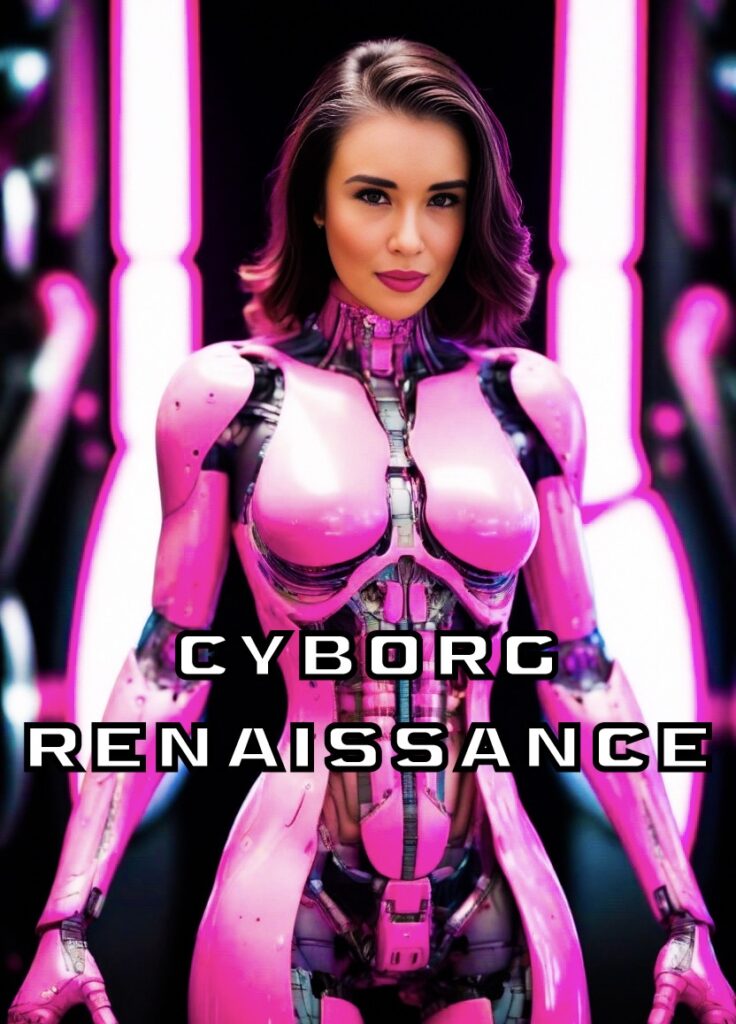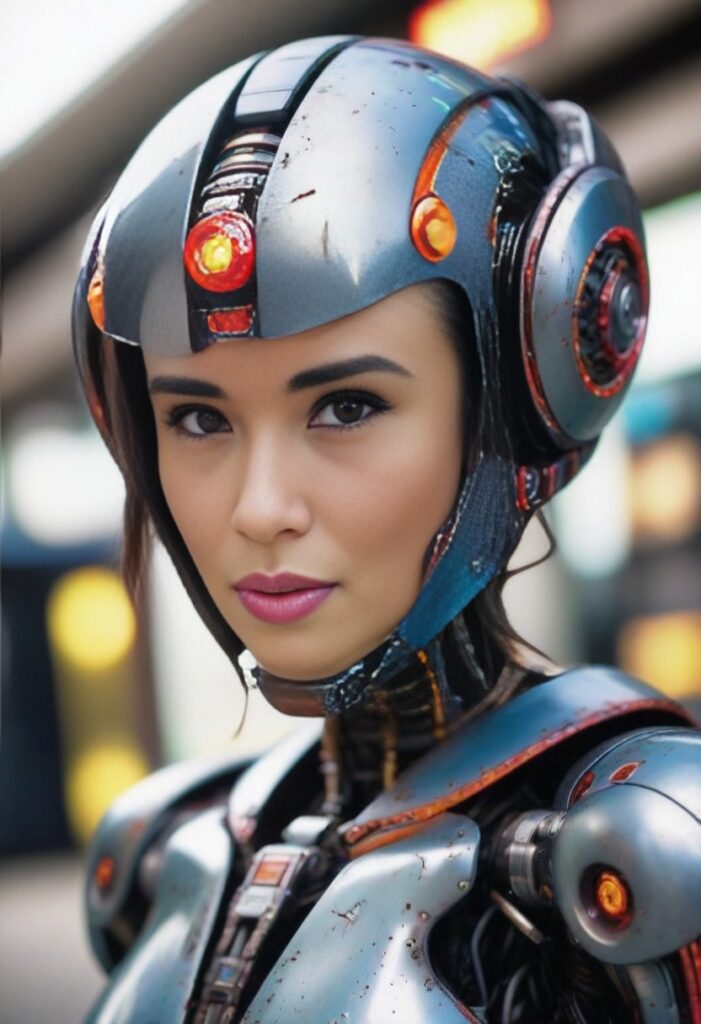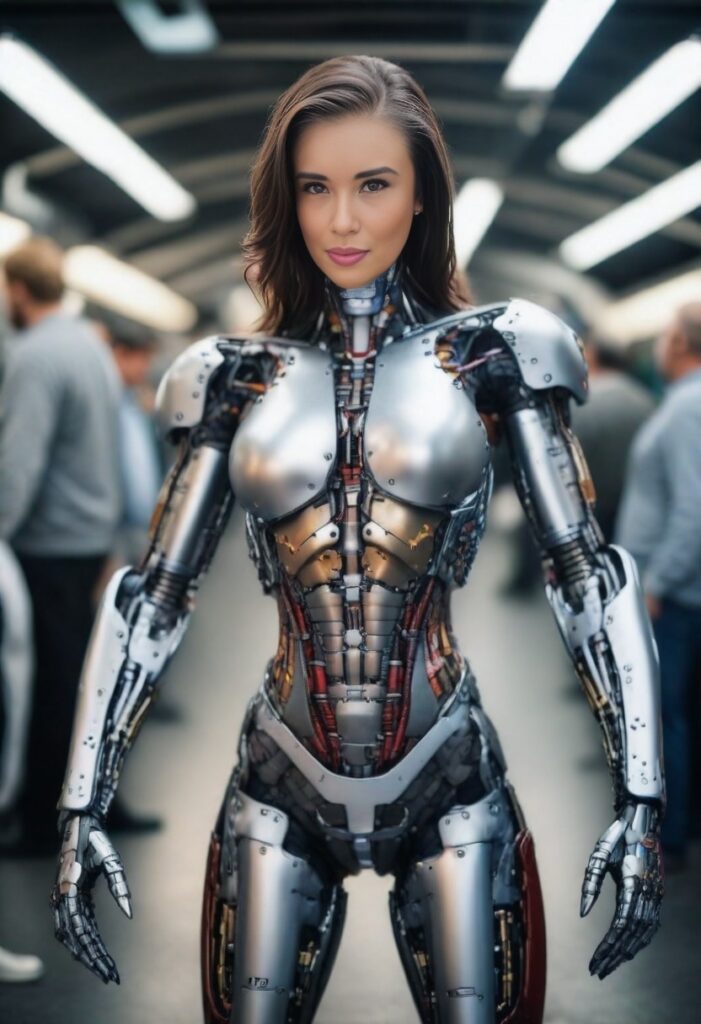
In the haunting stillness of December 2022, a soulful melody named “Deception” emerged, resonating against the backdrop of winter’s silent shadows and the pervasive impact of COVID-19. Crafted during a time of personal introspection, the song became a vessel for exploring the intricate web of self-deception, ignited by the thought, “What they are saying is their opinion, not the fact.”
This seed of contemplation grew into a profound personal introspection, guiding the narrative of “Deception.” The lyrics unfolded as a compassionate journey into the struggles faced by individuals entangled in the complex labyrinth of self-deception. Inspired by an article delving into the nuances of this psychological phenomenon, the song serves as a poignant tribute to those navigating the often tumultuous landscape of their own minds.
Deception
Composed by Suzette Lyn
December 9, 2022, 6:23 pm, Denmark
I
In the midnight of silence
Where all nightmare was alive
The winds were withered
And winter was in grave
II
That was how we met
We burried ourselves
We went to the darkness of hell
We reaveled the secret
Chorus
We left this existence
For the sake of this curse
This fate was a deception
And the flames was unknown
III
Far from reality
Pulled by gravity
Unlimited hopeleness
Fooled by our shadows

As winter winds whispered tales of uncertainty, and the world grappled with the weight of a global pandemic, “Deception” sought to encapsulate the essence of shared struggles. The chosen phrase illuminated a universal truth — that human expressions are shaped by subjective perspectives and personal biases, often diverging from objective facts.
The careful selection of each lyric in “Deception” transcends mere songwriting; it transforms into an empathetic exploration of the human condition. The winter setting and the recurring theme of self-burial act as metaphors for the emotional burdens universally associated with mental health struggles. The deliberate choice to craft this anthem during a period of global darkness and uncertainty infuses the song with heightened emotional resonance.
Delving into the psychological perspectives embedded in the lyrics, “Deception” draws from various schools of thought, embracing Freudian repression, Jungian shadow exploration, and cognitive distortions. Each element adds layers to the portrayal of the complex interplay of emotions and thoughts that characterize the human psyche during moments of self-deception.
- The act of burying oneself in the lyrics symbolizes an attempt to repress or conceal uncomfortable aspects of the self, resonating with Freudian repression.
- The journey into darkness and the revelation of secrets align with Jungian shadow exploration, signifying an acknowledgment and acceptance of hidden facets of the self.
- The departure from reality and the gravitational pull towards unlimited hopelessness reflect cognitive distortions, capturing the irrational and biased thought patterns associated with moments of self-deception.
“Deception” pays homage to notable psychologists like Robert Trivers, Zoe¨ Chance, and Michael I Norton, acknowledging the ongoing exploration and understanding of self-deception. It echoes a call for further research, inviting listeners to reflect on the potential benefits of self-deception, such as improved success in deceiving others, gaining social rewards, and reaping psychological benefits.
As the song concludes, it stands as a collective anthem for all those navigating the intricate paths of self-deception. Crafted during a winter marked by pandemic shadows, “Deception” invites continued exploration and understanding, urging listeners to navigate the complexities of the human mind with empathy and introspection.





